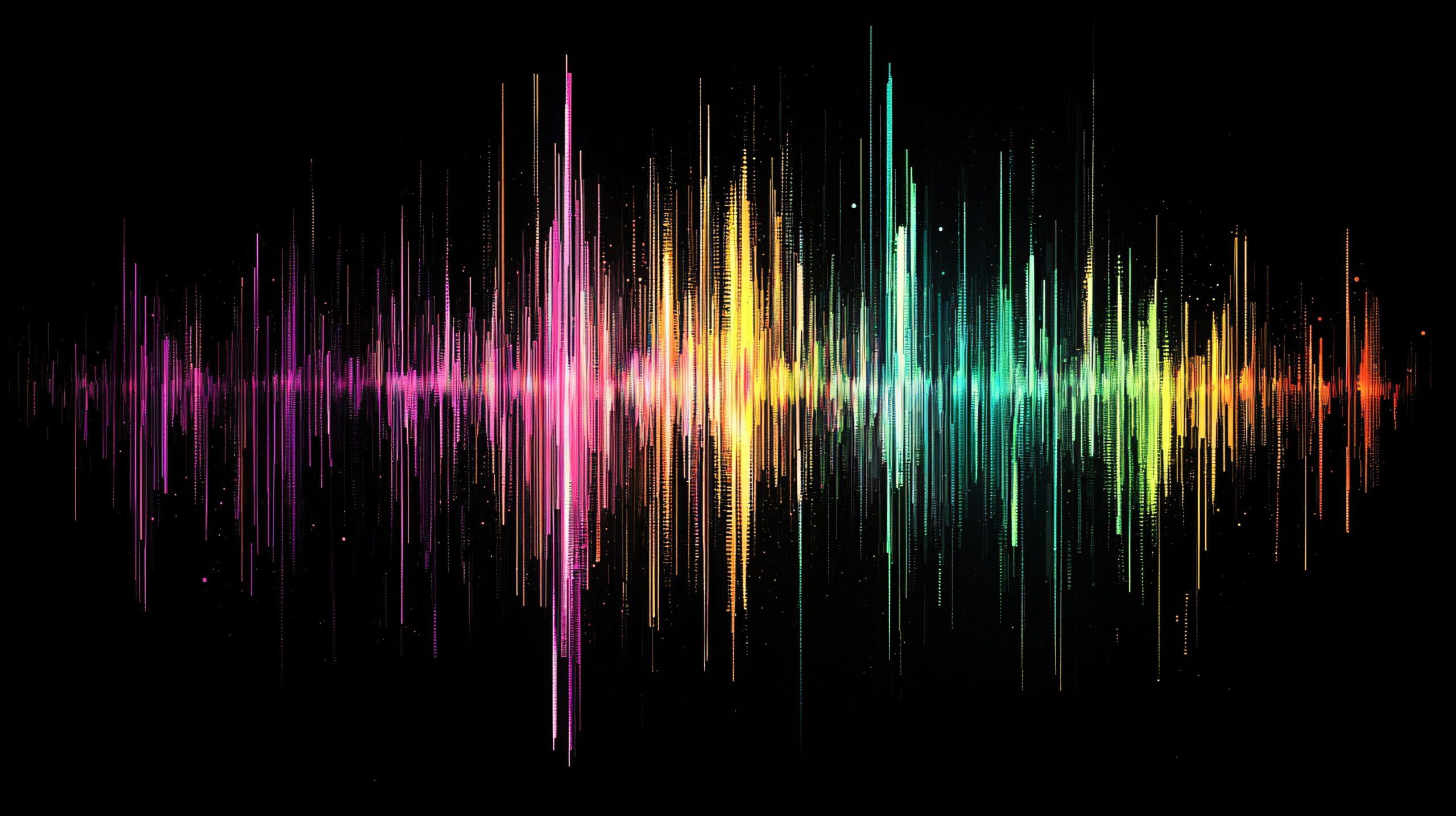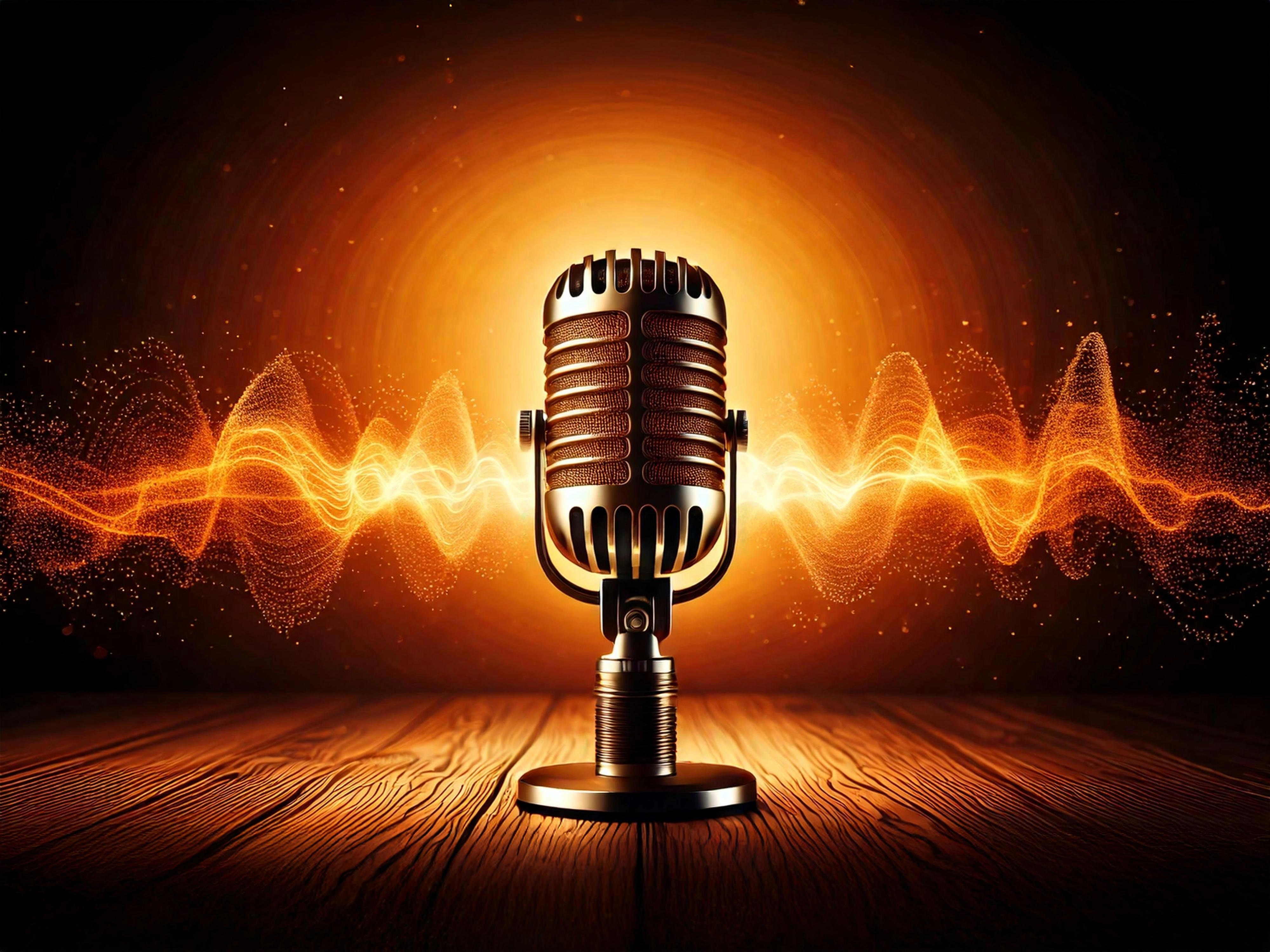
“Doctors Are Amazed by the Benefits of Sound Therapy – Find Out Why!”
Sound has been used as a healing tool for centuries across various cultures, from Tibetan singing bowls to Indian mantras and Aboriginal didgeridoos. In modern times, sound healing is gaining popularity as an alternative therapy for improving mental and emotional health.
Many people struggle with stress, anxiety, depression, and sleep disorders, and conventional treatments often fall short in providing holistic relief. Sound healing offers a natural and non-invasive approach to restoring balance in the mind and body.
This blog will explore:
✅ The science behind sound healing.
✅ Different sound healing techniques.
✅ Mental and emotional benefits.
✅ How to incorporate sound healing into daily life.
By the end of this article, you’ll have a deeper understanding of how sound therapy can enhance your overall wellbeing and how to integrate it into your routine.
1. What is Sound Healing?

Definition
Sound healing is a therapeutic practice that uses sound vibrations, frequencies, and tones to promote physical, mental, and emotional healing. This practice aligns with the idea that everything in the universe, including our bodies, has a vibrational frequency. When these frequencies are disrupted due to stress, illness, or emotional trauma, sound therapy helps restore harmony.
Origins of Sound Healing
Sound healing has been used for thousands of years in various cultures:
🔹 Tibetan Singing Bowls – Used in Buddhist meditation and healing rituals.
🔹 Indian Mantras – Repetitive chanting of sacred syllables like “Om” for spiritual and mental balance.
🔹 Aboriginal Didgeridoo – An ancient wind instrument believed to promote deep healing through sound vibrations.
🔹 Gregorian Chants – Used in Christian monastic traditions for meditative and spiritual upliftment.
How Sound Healing Works
Sound waves interact with our brainwaves, nervous system, and energy centers (chakras), helping to:
✔️ Reduce stress and anxiety.
✔️ Improve focus and emotional stability.
✔️ Stimulate relaxation and healing.
2. The Science Behind Sound Healing

A. How Sound Affects the Brain
Sound therapy influences brainwave activity through a process known as brainwave entrainment. Different sound frequencies sync with brainwaves, leading to various states of consciousness:
- Delta waves (0.5-4 Hz): Deep sleep, healing, and meditation.
- Theta waves (4-8 Hz): Deep relaxation, creativity, and intuition.
- Alpha waves (8-14 Hz): Calmness, alertness, and reduced stress.
- Beta waves (14-30 Hz): Active thinking, problem-solving, and focus.
Listening to specific frequencies can shift brainwave activity to desired states, helping with relaxation, mental clarity, or deep sleep.
B. Frequency and Vibration in Healing
1️⃣ Resonance and Frequency: Every organ and cell in the body has its own frequency. When disrupted, sound therapy restores balance.
2️⃣ 432 Hz vs. 440 Hz Debate:
- 432 Hz is considered a “healing frequency” that aligns with the natural vibrations of the universe.
- 440 Hz is the modern musical standard but is often thought to be less harmonious.
3️⃣ Binaural Beats & Solfeggio Frequencies:
- Binaural beats play two different frequencies in each ear, creating a third perceived frequency that influences brain states.
- Solfeggio frequencies (e.g., 528 Hz for DNA repair, 396 Hz for emotional healing) are believed to have profound therapeutic effects.
3. Types of Sound Healing Techniques

A. Singing Bowls & Gongs
🔹 Tibetan Singing Bowls – Produces deep, resonant vibrations used for meditation and chakra balancing.
🔹 Crystal Singing Bowls – Made from quartz, these bowls amplify healing energy.
🔹 Gongs – Large metal discs that produce powerful vibrations to release stress and tension.
B. Binaural Beats & Isochronic Tones
🎵 Binaural Beats: Two slightly different frequencies played in each ear create a calming effect.
🎵 Isochronic Tones: Pulsating beats that help with concentration, relaxation, and mood regulation.
C. Chanting, Mantras, and Vocal Toning
🗣️ Chanting “Om” – Helps reduce stress and promote relaxation.
🗣️ Mantras like “So Hum” or “Aum Namah Shivaya” – Used for mindfulness and emotional stability.
🗣️ Vocal Toning – Using one’s voice to create healing vibrations within the body.
D. Tuning Fork Therapy
🔹 Special forks produce sound vibrations that balance energy fields and chakras.
🔹 Used in physical and emotional healing treatments.
E. Music Therapy & Guided Sound Meditations
🎼 Listening to classical, nature, or instrumental music can reduce anxiety.
🎼 Guided sound meditations help with stress relief and focus.
4. Mental and Emotional Benefits of Sound Healing

A. Stress Reduction & Relaxation
✔️ Activates the parasympathetic nervous system, reducing stress hormones like cortisol.
✔️ Promotes deep relaxation and mental clarity.
B. Anxiety & Depression Relief
✔️ Sound healing balances serotonin and dopamine levels, improving mood.
✔️ Creates a meditative state that helps combat negative thoughts.
C. Enhancing Focus, Creativity, and Memory
✔️ Brainwave entrainment improves cognitive function.
✔️ Beneficial for ADHD and learning difficulties.
D. Emotional Release & Trauma Healing
✔️ Vibrations help release suppressed emotions and trauma.
✔️ Used in PTSD treatment and emotional healing therapies.
E. Improving Sleep Quality
✔️ Low-frequency sounds like Delta waves help with insomnia.
✔️ White noise, nature sounds, and binaural beats improve sleep cycles.
5. How to Incorporate Sound Healing into Your Daily Life

A. Simple Practices for Beginners
🎧 Listen to 432 Hz or 528 Hz frequencies while working or relaxing.
🎧 Use singing bowls or tuning forks for meditation.
🎧 Try sound healing apps or YouTube channels for guided sessions.
B. Creating a Sound Healing Routine
🕰️ Morning – Start the day with a 10-minute sound bath or mantra chanting.
🌙 Evening – Use binaural beats or calming music before bed.
C. Visiting a Sound Healer or Attending Sound Bath Sessions
🔹 Professional sessions involve live gongs, singing bowls, or tuning forks.
🔹 Group sound baths create a collective healing energy.
6. The Future of Sound Healing in Wellness & Therapy

📌 Sound therapy is gaining acceptance in:
✔️ Hospitals – Used to aid pain relief and mental health recovery.
✔️ Therapy Centers – Integrated with meditation and psychotherapy.
✔️ Retreats – Featured in wellness and spiritual retreats.
✔️ Neuroscience – Research continues on its effects on brain plasticity and emotional resilience.
Conclusion
Sound healing is a powerful tool for improving mental and emotional wellbeing. Whether you use singing bowls, binaural beats, or chanting, the benefits of sound therapy include stress relief, emotional healing, and enhanced focus.
Incorporating sound healing into your daily routine can transform your mental state and help you achieve greater balance in life.
🎶 Are you ready to explore the power of sound? Start your journey today! 🎶







